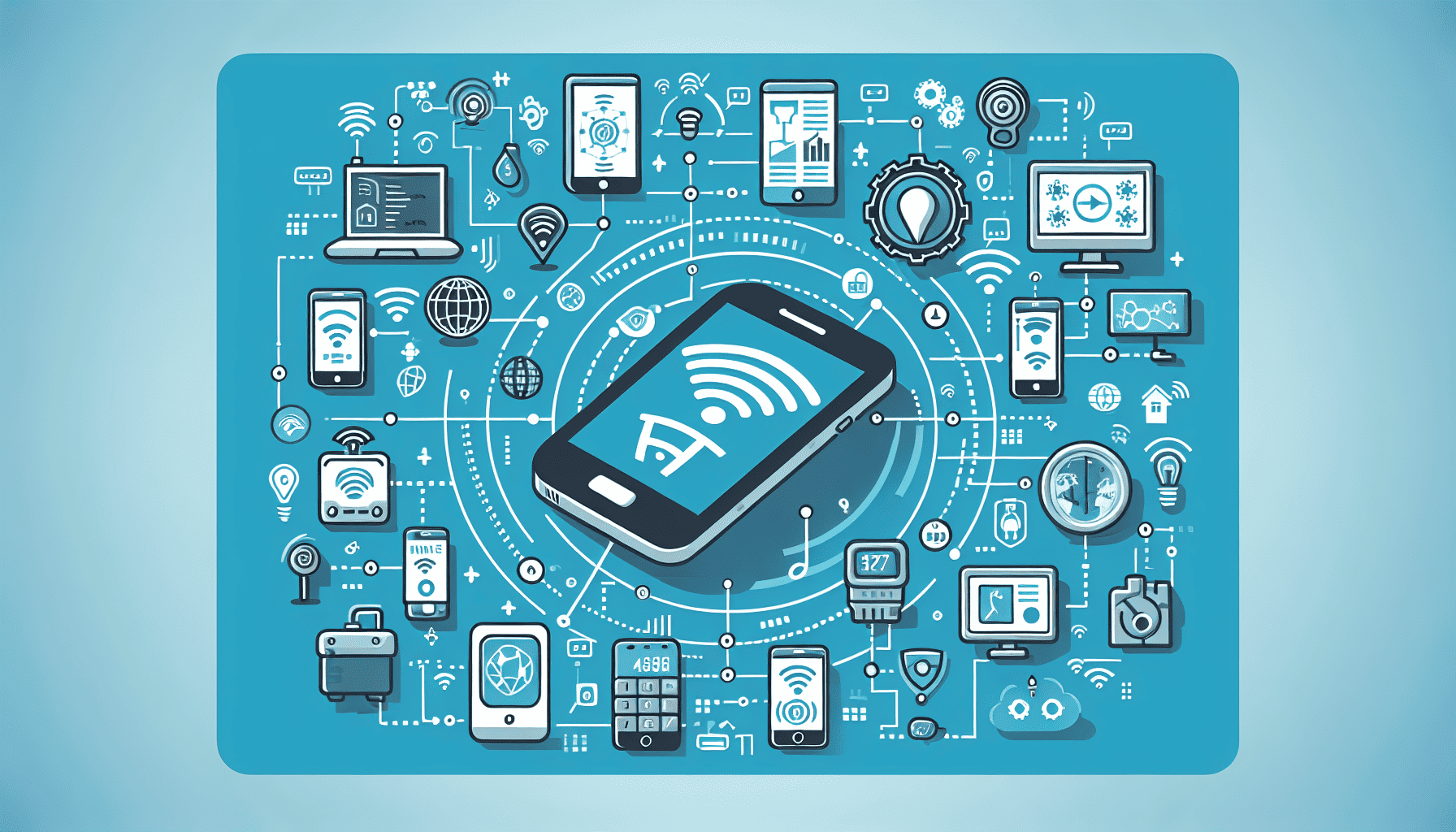The rapid advancement of modern technology has ushered in an era where the Internet of Things (IoT) seamlessly integrates with mobile applications, reshaping how we interact with both the digital and physical worlds. This convergence is not just a mere union of technologies but a transformative force that is influencing multiple dimensions of our lives, from smart homes to healthcare, transport, and beyond.
The Convergence of IoT and Mobile Applications
The relationship between IoT and mobile applications is symbiotic. IoT refers to the network of connected devices that collect and exchange data over the internet. These devices range from wearable fitness trackers to home thermostats, industrial machines, and even smart cars. Mobile applications, on the other hand, serve as the user interfaces that interpret, control, and display the data generated by IoT devices.
Enhancing User Experience
One of the key impacts of this convergence is the enhancement of user experiences. For instance, think about smart home technologies. Through the use of mobile applications, users can monitor and control appliances, lighting, security systems, and more from anywhere in the world. This remote accessibility increases convenience and provides real-time management, catering to the demands of our fast-paced lifestyles.
Driving Business Innovation
In the business sector, this integration fosters innovation and efficiency. Industries such as manufacturing employ IoT devices to gather data on machinery operation, predicting failures before they occur. Coupled with mobile applications, this data is seamlessly presented in actionable formats, allowing for timely decision-making and reduction of downtime.
Retail, too, benefits, with IoT enhancing inventory management through smart shelves and RFID tagging. Mobile applications further augment this by enabling on-the-spot product information, payment options, and personalized customer experiences.
Revolutionizing Healthcare
Perhaps one of the most profound impacts is in the healthcare sector. IoT devices like health trackers contribute to personalized medicine by continuously gathering data about patients’ physical activities, vitals, and more. Mobile applications then analyze this data, offering insights that help in tailoring treatments, notifying caregivers of potential health issues, and even scheduling timely medical appointments.
Addressing Security and Privacy Challenges
Despite the advantages, integrating IoT with mobile applications is not without challenges, primarily around security and privacy. As more devices are added to the IoT ecosystem, ensuring data integrity and protecting sensitive information becomes crucial. Developers and businesses must prioritize robust security protocols and include features like data encryption and multifactor authentication to safeguard users against increasingly sophisticated threats.
The Future Outlook
As IoT technology continues to evolve, so will its integration with mobile apps, offering endless possibilities. Future breakthroughs in AI could see apps not only managing but learning and anticipating user preferences, creating even more personalized and intuitive experiences. Moreover, advancements in 5G will further enhance the capabilities of IoT, providing faster and more reliable connectivity, vital for real-time applications.
In conclusion, the intersection of IoT and mobile applications heralds a new chapter in technological innovation. As these technologies become more sophisticated and intertwined, they will continue to shape the modern technological landscape, offering new solutions that enhance efficiency, convenience, and quality of life across various sectors. Embracing this convergence while addressing its inherent challenges will be key to harnessing its full potential in the years to come.
